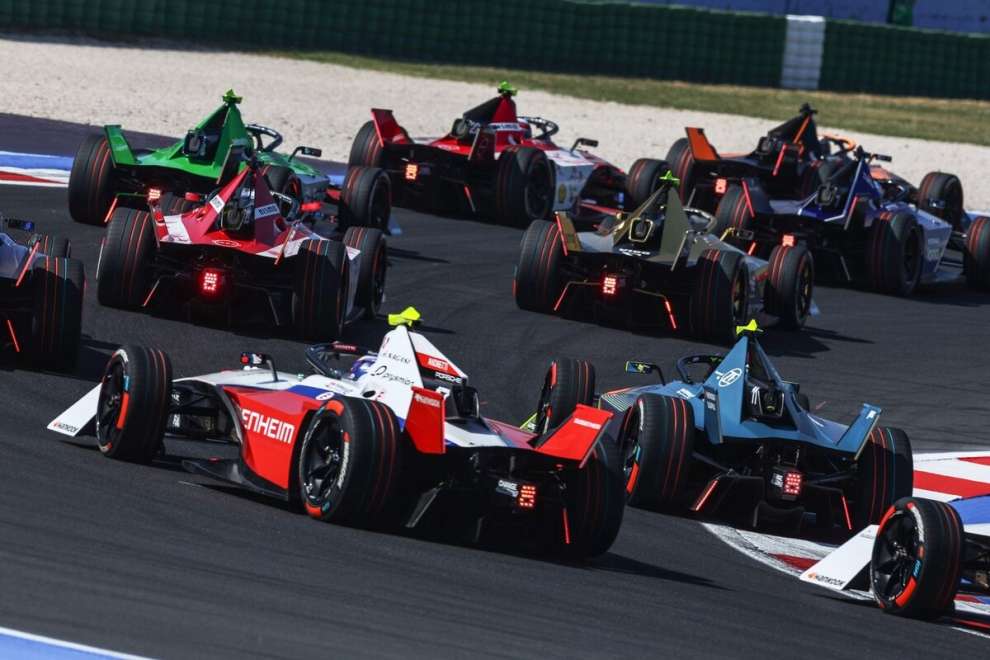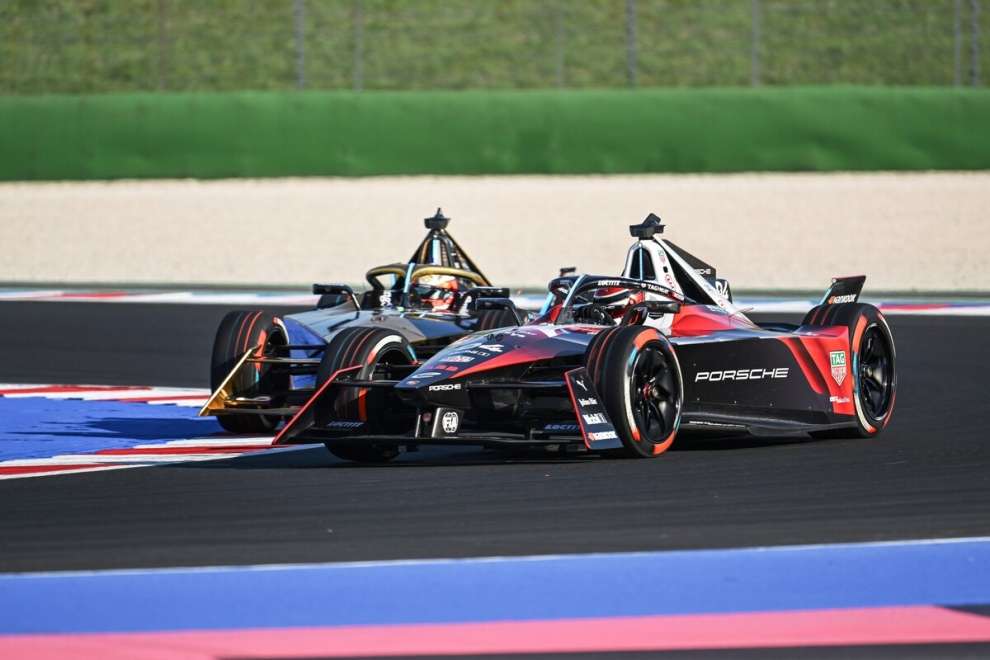By Carlo Platella
There are days when it is difficult not to share the disappointment of a private team at the end of a success that is now in the safe. In this, the 24 Hours of Le Mans in 2016 remains unbeatable, with Toyota stopping at the finish line on the penultimate lap and Porsche inheriting first position. At Misano it was once again the German company that took the win at the last minute, to the detriment of another Japanese manufacturer, Nissan. Oliver Rowland's ride stops a few bends from the finish line, due to a probable calculation error in the energy management software. A banal technical anomaly like many seen in the world of racing, but not preventable due to the particular philosophy of the Formula E sporting regulations.
The episode
In the Nissan garage we are still trying to reconstruct what happened to Rowland's car, but Team Principal Tommaso Volpe is already putting forward the first hypotheses: “There has to be something wrong with the data we were working with. We don't know yet, it's really strange. I think it has to do with data from the control system, which may have had the wrong information, such as rpm. Everything seemed to be under control and Oliver did not report any mechanical problems.”
In Formula E, the energy management strategy is calculated by dedicated software, updated by the teams from race to race. The pilot finds himself at follow the instructions provided by the car, which uses warning lights and audio signals in the helmet to suggest the accelerator release and regeneration start points. Obviously the driver is free to take initiatives, modifying the pace to attack or defend, with the software reacting by updating its calculations and also adapting to sudden race scenarios such as the entry of the Safety Car.
In the case of Rowland's Nissan, the impression is that the software has read the wrong data, calculating an incorrect strategy and suggesting an unsustainable pace for the Briton to reach the finish line. The race graphics show how already on lap 15 Rowland has 2% less energy than the rest of the group, then rising to 3% in the last three laps, a deficit equivalent to almost a complete lap in energy terms. The disappointment at Nissan can only increase seeing how Fenestraz's sister car, however, remains free from the problem, crossing the finish line in fifth position.
Telemetry ban
The dramatic epilogue of the second Misano E-Prix places a magnifying glass on a particular aspect of the sporting regulations. Contrary to other categories, The use of real-time telemetry is prohibited in Formula E between the garage and the car. The only one who can read the data live is the Federation, which can thus monitor the critical parameters of each car, especially for safety reasons. The teams, however, must wait for the car to return to the garage before being able to download the telemetry and analyze it subsequently.
The driver becomes the only mediator between the car and the team, updating the wall on the parameters read on the steering wheel, but communication is obviously limited and often in code. With real-time telemetry Nissan could have easily identified the anomaly, reacted and prevented the sad outcome, but this was not the case. This time it is the Japanese company that pays the price for the sporting regulations, but the ban on data transmission remains a distinctive feature of the category. A small rule that gives greater importance to the role of the pilotwho, with incomplete instructions provided by the team, finds himself having to grasp the signals sent by the car and make decisions independently.

Nissan consecration
The last-minute success does not erase the good things shown by Tommaso Volpe's team in recent months. Nissan is the team that has progressed the most of all in the last period, often being recognized as a concrete threat by the standard bearers of Porsche and Jaguar. Already in San Paolo McLaren had brought the Japanese powertrain to success, while in Misano the official team achieved four consecutive podiums, even enjoying the top of the drivers' championship with Rowland.
More importantly, in Emilia-Romagna Nissan is celebrating its return to the top step of the podium, inherited after Da Costa's disqualification on Saturday. The victory, however, remains pending, with Porsche having already promised to appeal the Portuguese's disqualification. The technical irregularity arises from the accelerator return springs, which by regulation must be selected from a list of components approved by the Federation. Da Costa's Porsche it still had the springs of the second generation car, which the FIA excluded from the list approved with the advent of Gen3, without communicating it to the teams. A controversy that emerges more than a year late and could have other consequences.
Wide open world championship
Aside from Da Costa's disqualification, the official Porsches crossed the finish line first in both races held at Misano, with Jake Dennis's Andretti on the podium on both Saturday and Sunday. It is not a case that the German powertrain is indicated as the most efficient of the lotgiving us hope in view of a calendar that still includes events such as Berlin, Shanghai and Portland.

Pascal Wehrlein and Jake Dennis they now lead the drivers' standings on equal points. Compared to last season, the world champion complains of worse harmony with the car, which with software development has changed in braking and acceleration behavior. On the other hand, the German from the official team continues to qualify in the front rows of the grid, demonstrating how last year's flying lap problems are just a distant memory. Jaguar, on the other hand, still looks down on everyone in the team rankings, with the knowledge that they can play for something important in two weeks in Monaco. However, it is useless to hazard predictions in a category that appears without masters like never before this year.
#Formula #losing #lap #telemetry
